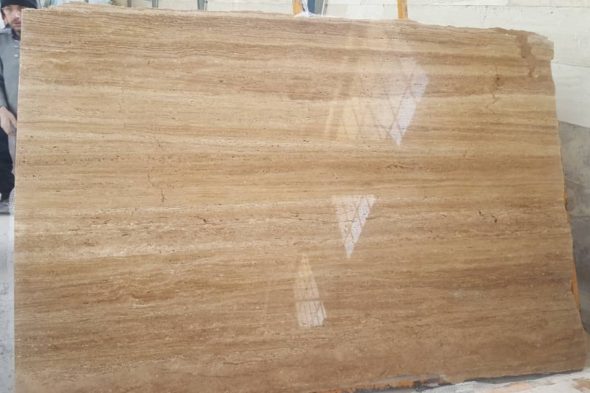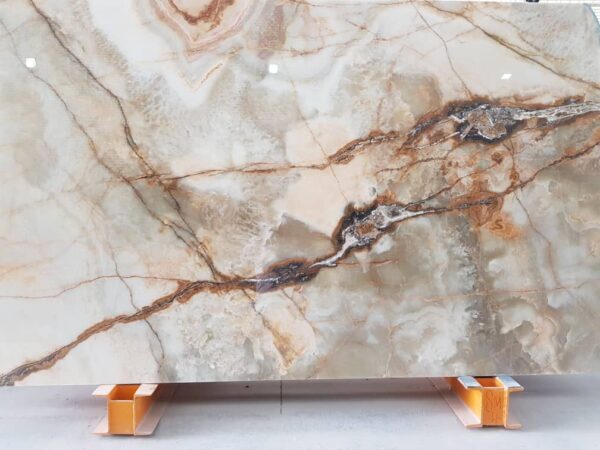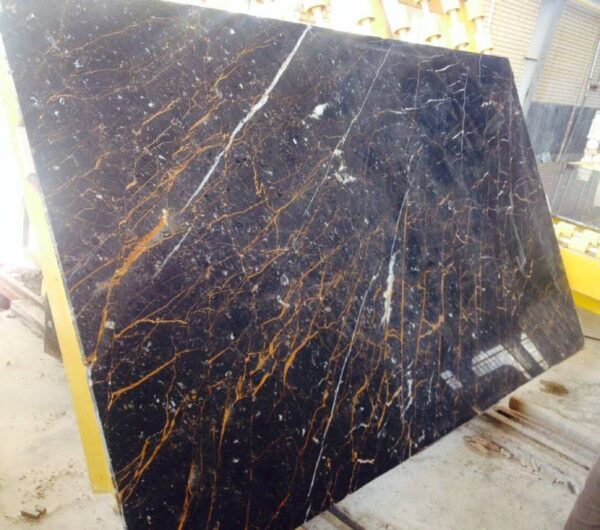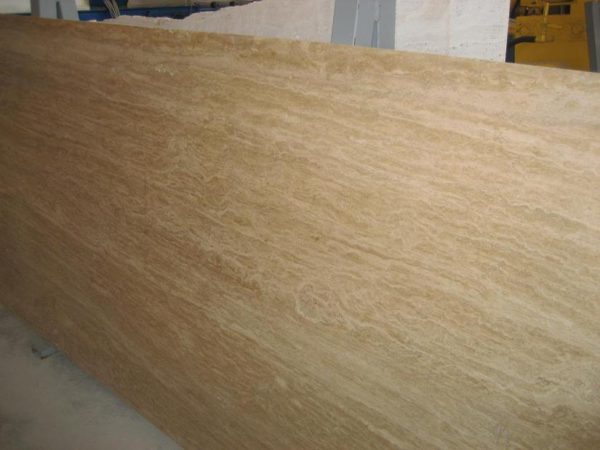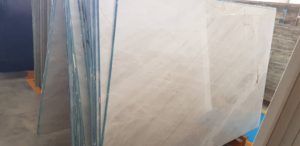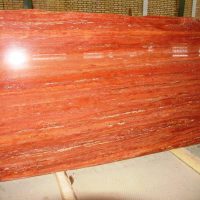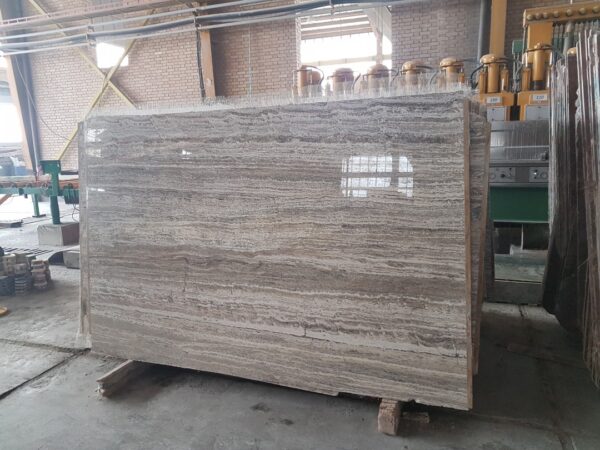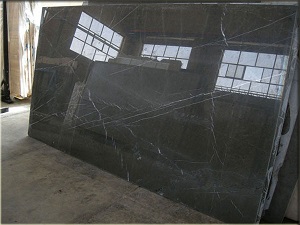How Thick Should Travertine Be? A Guide to Selecting the Right Thickness
Travertine is a timeless natural stone known for its beauty and durability, making it a popular choice for flooring, countertops, and various architectural elements. One important consideration when selecting travertine is its thickness. How thick should travertine be? The answer depends on several factors including the application, location, and overall design. This guide will help you understand the ideal thickness for different travertine applications to ensure optimal performance and longevity.
Determining the Right Thickness for Travertine
The thickness of travertine can significantly impact its performance and suitability for various uses. Here’s a breakdown of recommended thicknesses based on common applications:
- Flooring: For residential flooring, travertine tiles typically range from 1/2 inch (12 mm) to 3/4 inch (20 mm) in thickness. The choice depends on factors such as foot traffic and subfloor conditions. Thicker tiles (3/4 inch) are generally recommended for high-traffic areas or commercial spaces due to their enhanced durability and resistance to wear and tear.
- Countertops: When used for countertops, travertine is usually cut to a thickness of 1 1/4 inches (30 mm). This thickness provides sufficient strength and stability to withstand daily use, including heavy objects and heat. It also offers a substantial and elegant appearance that complements various kitchen and bathroom designs.
- Wall Cladding and Backsplashes: For wall applications and backsplashes, travertine can be thinner, typically ranging from 3/8 inch (10 mm) to 1/2 inch (12 mm). Thinner travertine is suitable for vertical surfaces where heavy loads are not a concern. It also allows for easier handling and installation.
- Outdoor Applications: For outdoor uses such as patio flooring or pool decks, travertine should be at least 1 1/2 inches (40 mm) thick. The increased thickness provides better resistance to freeze-thaw cycles, impacts, and other environmental stresses, ensuring long-lasting performance.
https://www.rockstone.biz/cross-cut-travertine/
Factors to Consider When Choosing Travertine Thickness
Several factors should be taken into account when selecting the thickness of travertine for your project:
- Subfloor and Foundation: The condition and type of subfloor or foundation can influence the required thickness. A sturdy, well-prepared subfloor may support thinner travertine, while a less stable foundation may necessitate thicker tiles to prevent cracking and damage.
- Load-Bearing Requirements: Consider the weight and load-bearing requirements of the area where travertine will be installed. Heavier traffic or high-use areas typically benefit from thicker travertine to ensure stability and prevent deformation over time.
- Design and Aesthetic Preferences: The thickness of travertine can also impact the overall design and aesthetic of your space. Thicker tiles provide a more substantial look, while thinner options can offer a sleek and modern appearance.
- Installation and Maintenance: Thicker travertine tiles may require additional preparation during installation, including reinforced subflooring and more robust adhesive. Regular maintenance and proper sealing are essential to protect the stone and enhance its longevity.
Conclusion: Selecting the Ideal Travertine Thickness
Choosing the right thickness for travertine is crucial for ensuring its performance and durability across various applications. Whether you’re installing flooring, countertops, or outdoor features, understanding the recommended thickness for your specific needs will help you achieve a beautiful and functional result.
By considering factors such as usage, subfloor conditions, and aesthetic preferences, you can select the appropriate thickness to enhance the longevity and beauty of your travertine installations. With the right choice, travertine will continue to add elegance and value to your home for years to come.

